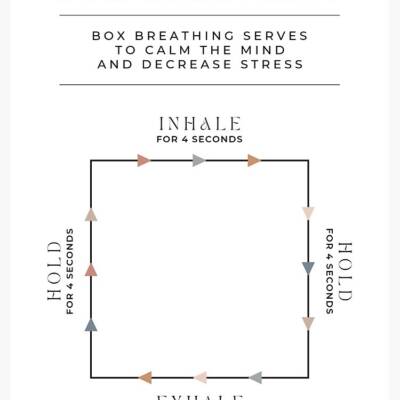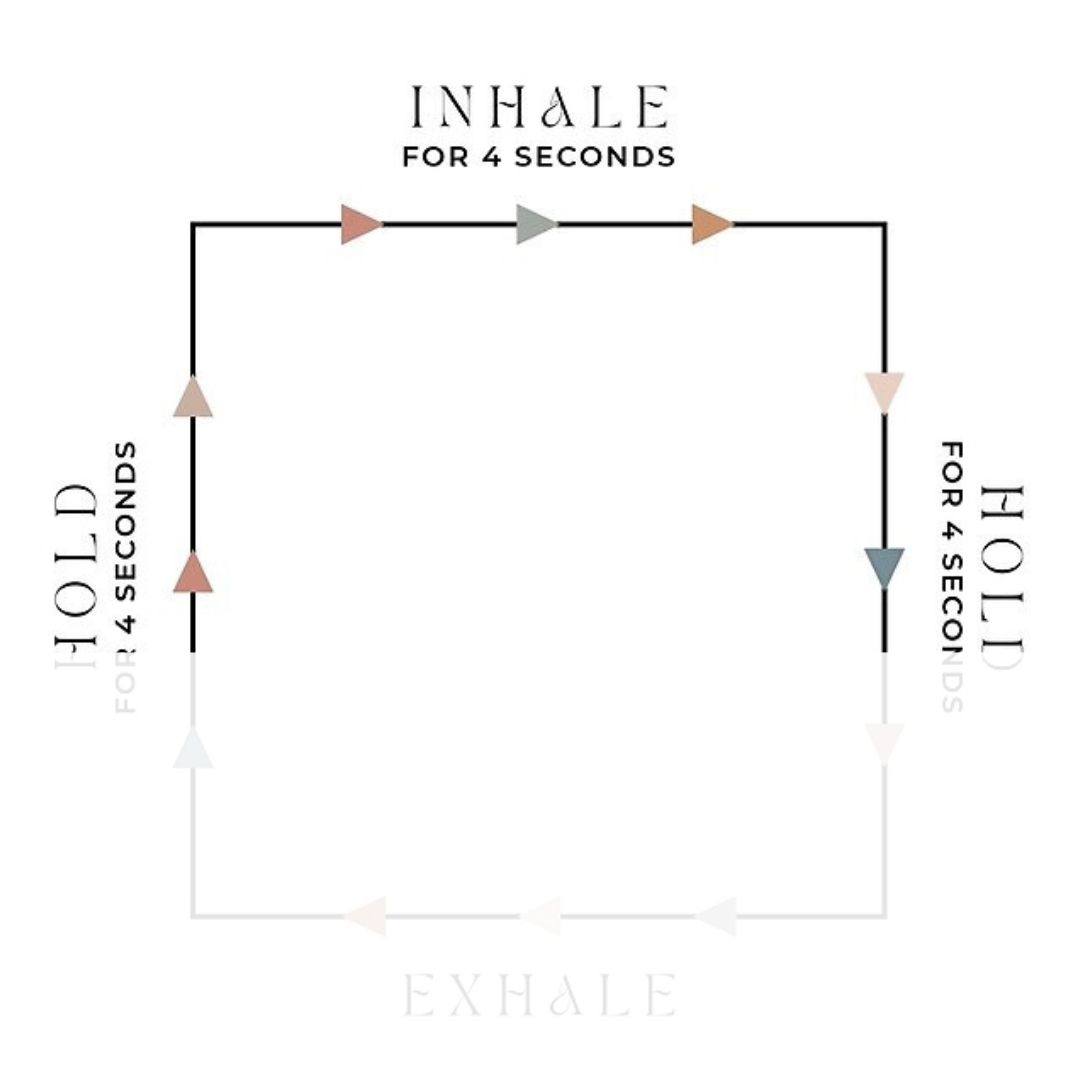Two Paths to Eating Well: Dieting versus Mindful Eating

There are endless approaches to eating. As humans, we want to gather all of the information we can on the topic. When we have so much information available it can be confusing on where to start and difficult to decipher what is true. Trying to find the best approach for your body becomes overwhelming and the frustration of wanting change but not seeing the results you want can be discouraging.
Working towards your health goals can and should be streamlined. Our passions are driven from wanting to help you find sustainable and realistic approaches to your life. Common frameworks that we see centered around food are dieting and mindful eating. Both are different with their approach; however, they are available to provide structure and to your health goals. The ultimate goal is to help you make food choices that align with your goals and well-being.
What is Dieting?
Perhaps you have your own experience with dieting. Dieting is an approach to nutrition that focuses on what, when, and how much to eat. The goals for different diets can vary. Some may be looking for weight loss/gain or managing a health condition such as diabetes, high blood pressure, or high cholesterol.
There are many different diets to explore such as Mediterranean, Paleo, Whole30, Carnivore, Vegan, or Intermittent Fasting (IF). These are a couple examples of unique approaches to food rules, portion controls, or calorie/macro tracking. If you prefer to have a structured eating pattern to help guide your food decisions a personalized diet might be a good choice. However, the challenges with structured eating plans are maintaining consistency and long-term commitments. This can create difficulties to sustain the diet. Additionally, there are risks when we disconnect from our natural hunger and fullness cues to try to fit the cookie-cutter mold of a structured eating plan.
What is Mindful Eating?
Have you ever sat down on the couch with a snack, turned on your favorite show, and before you know it you are at the bottom of the bag? If you answered yes, please know that you are not alone.
With mindful eating there is less structure than a diet plan. In this flexibility, there is an invitation to bring awareness and intentional decisions into each meal or snack. This encourages people to tune in to their bodies and listen to the natural cues of hunger, fullness, and satisfaction. The approach is to get in touch with the senses (taste, smell, texture, aroma) and your habits with the food that you eat. One of the most common approaches to mindful eating is to eat without distractions. This might look like sitting down at the table without screens, like your phone or TV. Eating and chewing slowly is another way to check in with hunger cues and determine whether they are emotional or physical.
Someone might be drawn to this way of eating if they are struggling with digestive issues or diet burnout. They may also want to develop a better relationship with food or learn how to enjoy the food they love without restrictions or guilt. There are challenges to mindful eating, as it is a lifelong practice that requires patience and practice. There are not strict, specific eating plans or guidelines for mindful eating. The focus is shifted to internal awareness rather than physical changes.
Ultimately, the reality is that there is no one-size-fits-all method to eating behaviors.
It is possible to implement both to help reach your goals.
The truth is that nutrition is individualized. Our providers and nutrition team are dedicated to help you align with your individualized needs, health goals, and overall well-being. The key here is finding the approach that makes sense for you and makes you feel good - not only physically, but mentally and emotionally as well.
By slowing down and paying attention, we can transform our meals into moments of joy and nourishment. Interested in giving it a try? One way to get connected to the body is through our breath. When the stress-induced cravings feel overwhelming, you can return to the practice of box breathing to quiet the mind and find calm.
Here is how to get started:
Inhale four counts
Hold four counts
Exhale four counts
Hold four counts
Repeat 5-10 times
![Protea Logo [color]](https://protealife.com/wp-content/uploads/2025/11/Protea-Logo-color-e1746039734188-550x160.png)
![Protea Logo [color]](https://protealife.com/wp-content/uploads/2024/12/Protea-Logo-color-e1744755301598.png)
